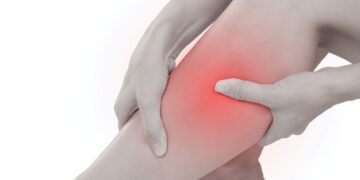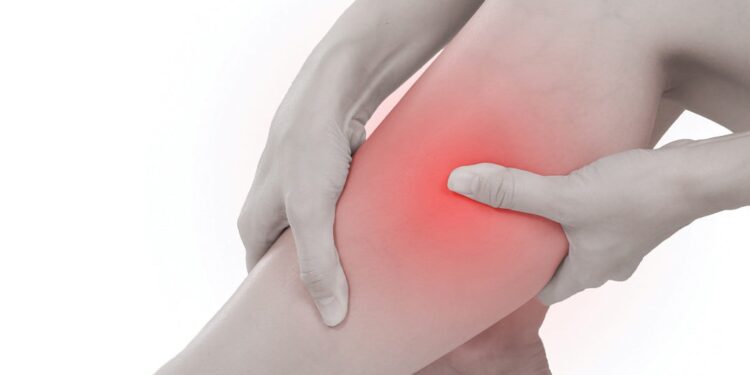Understanding Muscle Cramps
Muscle cramps are sudden, involuntary contractions of muscles, often causing severe pain. Common sites of muscle cramps include the feet, toes, legs, and hands. These cramps can last anywhere from a few seconds to a few days, striking athletes, the elderly, the young, and anyone who may overexert their muscles.
Causes of Muscle Cramps
While the exact cause of muscle cramps is unknown, several factors may contribute to their occurrence:
- Dehydration: Insufficient water intake or excessive sweating can lead to imbalances in the body’s electrolytes, such as sodium, potassium, and calcium, which are crucial for muscle function.
- Vitamin or Mineral Deficiency: Lacking essential nutrients like calcium, magnesium, potassium, and vitamins B6, D, and E can lead to cramps.
- Reduced Circulation: Poor circulation caused by obesity, pregnancy, or lack of movement can induce cramps.
- Nerve Damage: Damaged nerves cannot effectively communicate with muscles, leading to cramping.
- Muscle Fatigue: Overexertion, seen often in athletes or through repetitive hand use, can result in cramps.
- General Health Issues: Conditions such as diabetes, thyroid problems, or neurological disorders can also contribute to muscle cramps.
Preventing Muscle Cramps
There are several methods to prevent muscle cramps, especially during activities like nail services, which can cause cramps due to prolonged hand or foot positions:
- Maintain Hydration: Ensure hydration by regularly drinking water and offering clients water during appointments.
- Ensure Comfortable Positioning: Check that clients are seated comfortably and can move or stretch if needed.
- Manage Body Temperature: Keep the environment warm enough to prevent cramps caused by cold muscles.
- Encourage Relaxation: Remind clients to relax and avoid ‘helping’ with their hand or foot positions unnecessarily.
- Monitor Health Conditions: Understand any underlying health issues your clients may have and adjust treatments accordingly.
Addressing Muscle Cramps
Despite best efforts, muscle cramps may occasionally occur. Here’s how to address them:
- Gentle Massage: Carefully massage the cramped area to increase circulation and alleviate the spasm.
- Apply Heat: Use warm water soaks or hot towels to help relax the tense muscles.
- Stretching: Gently stretch the cramped muscle, holding it in the stretched position until the discomfort subsides.
- Remain Calm: Reassure clients, ensuring they know that muscle cramps, while painful, are typically short-lived and manageable.
With these strategies in place, muscle cramps can be managed or prevented, leading to a more comfortable experience for both service providers and recipients.

























